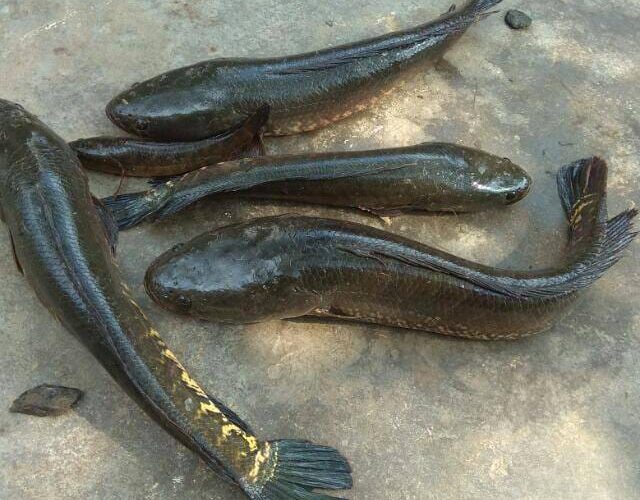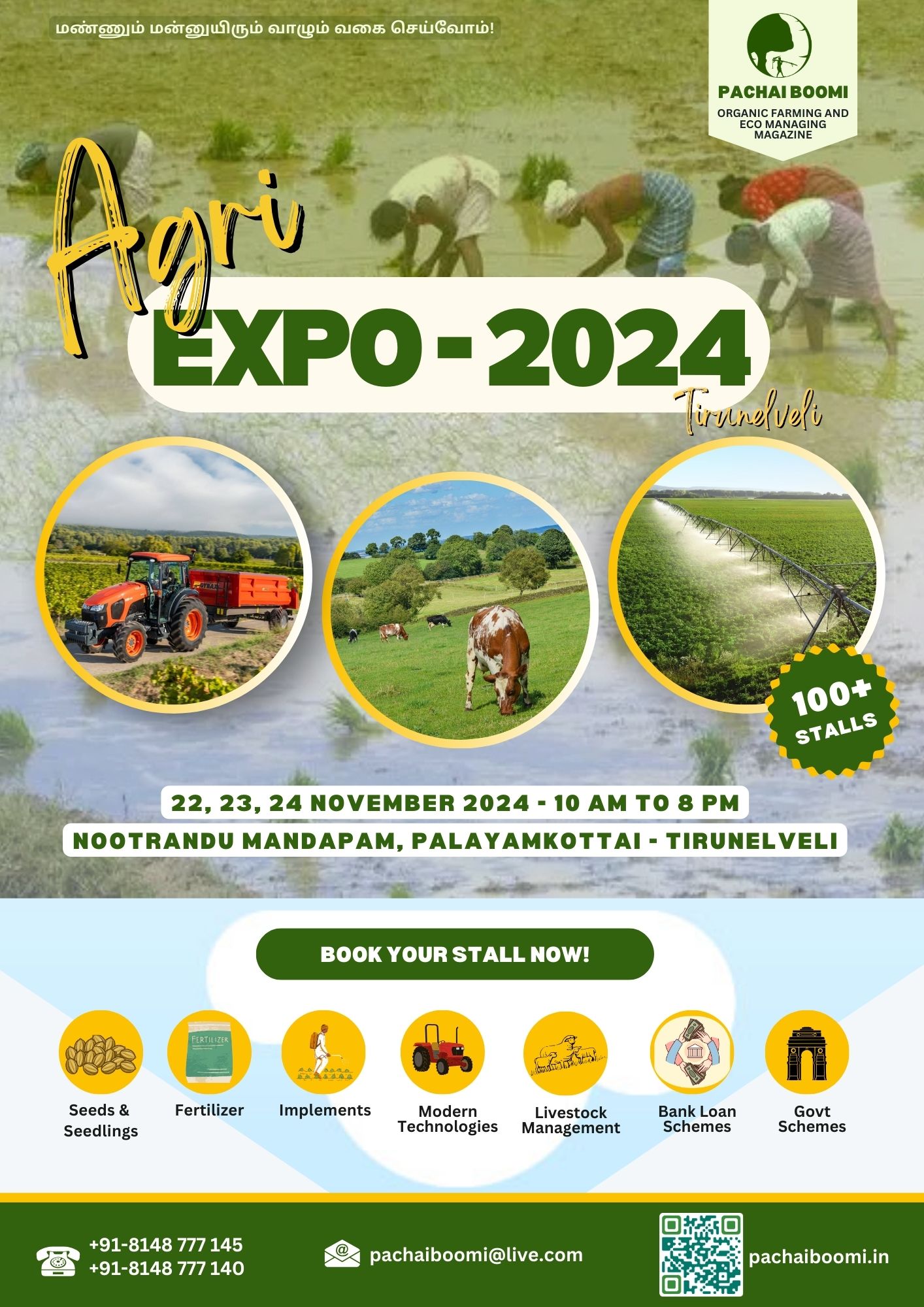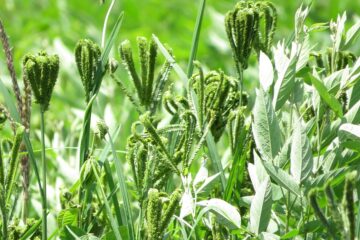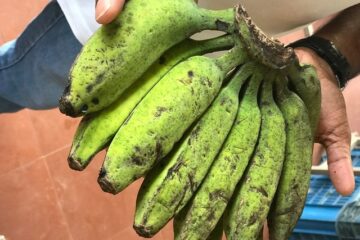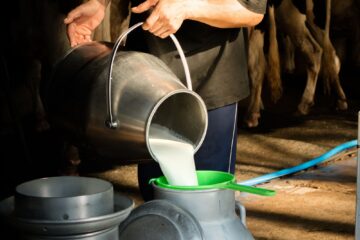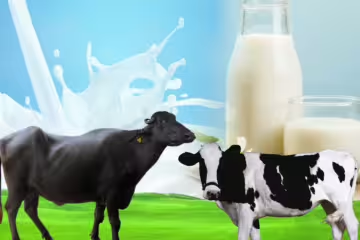Freshwater fish farming is one of the oldest professions in the world. In India, freshwater fish farming has been practiced for over a century. Among the various types of freshwater fish farming, catfish farming stands out for its higher profitability compared to others. This article provides an overview of the methods and benefits of Viral fish (catfish) farming.
Suitable Viral Fish for Farming
There are nine types of Viral fish found in India, but only three types are suitable for farming:
- Channa marulius (Bullseye Snakehead)
- Channa striata (Striped Snakehead)
- Channa punctatus (Spotted Snakehead)
Among these, the Bullseye Snakehead grows faster than the others.
Pond Preparation
Viral fish can breathe air, so the pond depth doesn’t need to be too deep. A pond depth of 60-80 cm and a water surface height of 30 cm, totaling 100 cm depth, is sufficient. Small ponds of 12 to 25 cents are suitable for management. To prevent Viral fish from crawling out of the pond, it is important to build a close-fitting fence with palm leaves along the inner slope of the pond banks.
Farming Method
Unlike catfish, Viral fish prefer meat-based foods. If they do not get suitable food, they may attack and eat each other. Therefore, providing natural food sources is best. Producing aquatic plants and small organisms in the water is beneficial. Growing aquatic plants like bulrush along the pond edges helps produce water insects and frog larvae, which serve as food for the Viral fish.
Rearing and Fry Rearing
Fry obtained from natural water bodies or hatcheries should be grown in a nursery pond for 45-60 days before being transferred to the main pond. This improves the survival rate of the fry. In a one-acre pond, 250,000 to 350,000 fry can be stocked. Fish meal and rice bran can be given as supplementary feed in the nursery pond. Adding cow dung (one kg per square meter) every two weeks promotes the growth of natural food for the fry.
Food Management in the Rearing Pond
In a one-acre rearing pond, 40,000 to 50,000 fry can be stocked. Before adding the fry, baitfish such as Tilapia and small catfish (1,200-1,500 per hectare) should be introduced as prey for the Viral fish. These baitfish will breed continuously, providing a constant food source. Additionally, supplementary feed such as fish meal, rice bran, wheat bran, groundnut oil cake, meat, or poultry waste can be provided.
Water Quality Management and Production
Viral fish can tolerate various environmental conditions, so the water quality in the rearing pond is not a major concern. Adjust the water depth according to the season—deeper in hot weather and shallower in cool weather. Lighting up the pond banks at night to attract insects can provide additional food for the fish.
Viral fish should be reared for 7-8 months. With proper feeding, they can grow to 500-700 grams. In a well-fed pond, the survival rate is around 50-60%, yielding approximately 1.5 tons of fish per hectare, translating to a potential income of 2-3 lakh rupees.
Conclusion
Viral fish farming can be a profitable venture if managed properly. By following the above guidelines, farmers can ensure high survival rates and good growth, resulting in significant economic benefits.
Dr. K. Sivakumar, Dr. K. Velmurugan, Agricultural Science Center, Kattupakkam, Kanchipuram – 603 203.

